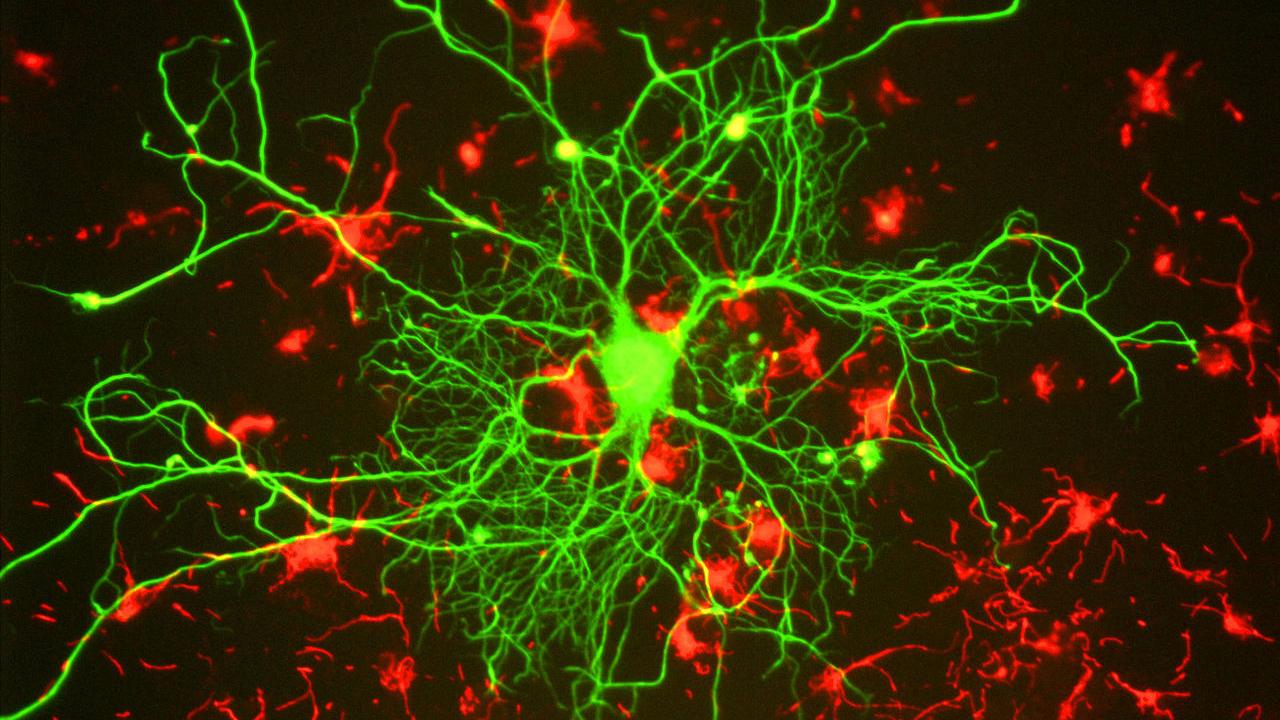
NIH Grant Supports Collaborative UC Effort to Visualize Brain Learning
A three-year, roughly $1.2 million grant from the National Institutes of Health BRAIN Initiative, will aid a team of researchers at UC Davis and UC Berkeley, led by Associate Professor Karen Zito, Department of Neurobiology, Physiology and Behavior in the College of Biological Sciences, in developing new brain imaging tools to visualize how synaptic connections between neurons shift during learning.
Capturing circuits’ connections
Zito’s research focuses on the cerebral cortex, the outer, folded layer of the brain involved in many functions including learning, memory, perception and cognition. Within this region are nearly 26 billion neurons. Information travels between these neurons as electrical and chemical signals via junctions called synapses. Learning alters these synaptic connections.
“The brain is a mixture of all these circuits,” said Zito, who holds a joint appointment with the Center for Neuroscience. “When we learn something new, a circuit connection change will happen. The strength of the connection between neurons can change and often new connections can form.”
These neuronal rearrangements are known as brain plasticity. While scientists can already visualize changes in brain morphology using green fluorescent protein, existing imaging techniques fail to reveal the molecular mechanisms responsible for shifts in brain structure.
“Our goal is to develop a sensor that’s specialized to mark a synapse with brighter fluorescence when there’s more communication between two neurons,” said Zito. “That will allow us to visualize which synapses in the brain are active when we learn.”
A multidisciplinary approach
This effort bridges research in neurobiology, biochemistry and biophysics. Zito is teaming up with UC Davis Assistant Professor Lin Tian, Department of Biochemistry and Molecular Medicine, and Associate Professor Na Ji, with the UC Berkeley Physics Department.
According to Zito, Tian is spearheading the development new fluorescent sensors for glutamate, a neurotransmitter responsible for communicating signals between brain cells. Zito will characterize the movements of these sensors at individual synapses and use that information to determine the rules governing the structural changes in neurons during learning. Ji, an expert in deep brain imaging methods, will then implement these sensors in living organisms.
Media Resources
- Learn more about Zito's research
